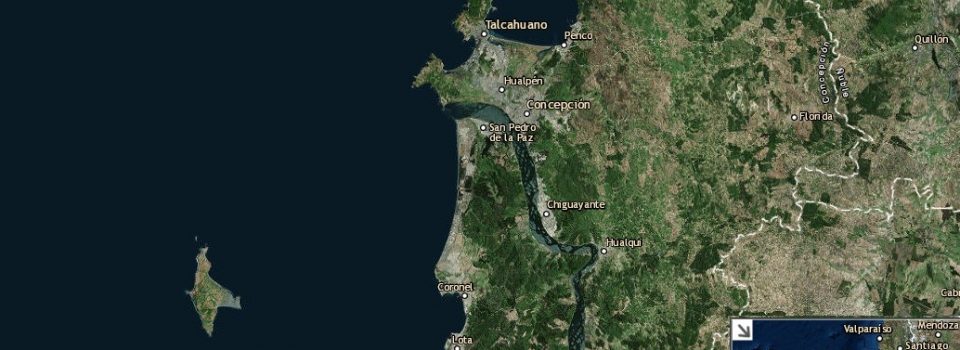Instituto de Fomento Pesquero presents result investigation about harmful species
May 6th, 2016The study was carried out at Colcura, Tubul, Llico and Coliumo bays.
The Instituto de Fomento Pesquero presented the results of the “Register of harmful species in selected bays of the Bio Bio region” project. It is embedded in the Performance Agreement 2015: Comprehensive Counseling for Fishing and Aquaculture 2015-2016, which IFOP develops in partnership with the Secretariat for Economy and smaller companies.
The study commenced on January 2015 and was completed on March 2016. It had a budget of $ 96,597,426. The overall objective was to complement the register of harmful phytoplankton species in the country.
A harmful bloom corresponds to proliferation of microalgae that can cause massive death of fish and a huge variety of other organisms, contaminate seafood with toxins and alter ecosystems, so that human beings perceive them as harmful or noxious. The impact caused on humans and their activities include seafood poisoning that can be fatal; mass mortality of marine organisms in its natural environment or at breeding or fattening systems; alterations of coastal habitats and the consequent disturbances in social and economic systems.
The results of qualitative and quantitative phytoplankton showed 70 species of microalgae, mainly dominated by diatoms.
It was detected the presence of harmful microalgae Alexandrium ostenfeldii and Dinophysis acuminata; and potentially harmful Pseudo-nitzschia cf. australis and P. cf. pseudodelicatissima, which were present during most of the time with relative abundance levels between rare and extremely abundant. The first two are dinoflagellates and diatoms the last two. These microalgae are associated with marine toxins, A. ostenfeldii to three types of toxins known as spirolides, paralyzing venom and gimnodiminas; D. acuminata has been associated with two groups of toxins, ocadaatos: okadaic acid and Dynophysistoxins (shellfish diarrheic poison) besides of pectenotoxins; and Pseudo-nitzschia species, which have been associated with domoic acid (shellfish amnesic poisoning).
The highest average relative abundance of these microalgae was mainly during summer months and early spring. Cysts resistance Alexandrium species were not identified. However, in a previous research study, carried out by the same Institute during 2012 in the same area of study, it was detected the presence of cysts A. ostenfeldii resistance in sediment samples.
On January 2016, it was confirmed the presence of A. ostenfeldii by molecular analysis in real time (PCR) with low relative abundance estimates in almost all sampling sites. In addition, with this same technique, Alexandrium catenella specie was identified in the bay of Colium, however, it that was not detected by epifluorescence microscopy.
The results of toxicological analysis with official techniques recorded positive samples for lipophilic toxins, when applying bioassay for Diarrheal shellfish poison (VDM) in most of the time of study, although analysis by liquid chromatography coupled with mass spectrometry (HPLC-MS) did not register the presence of lipophilic toxins. However, with this last technique, the analysis of toxins known as spirolides was not included; therefore, the presence of the toxin is not discarded, given the presence in water samples of A. ostenfeldii, primary source of this toxin.
The results of this study confirm the presence of harmful microalgae, toxins and hydrographical conditions, which can be significant for fishing and aquiculture at Bio Bio region. A situation with a significantly greater impact occurs in the Region de Los Lagos, Aysen and Magallanes, where harmful blooms have been proved of various microalgae, which affects fish and shellfish in culture and natural shellfish beds.
The results obtained push into prevention to protect public health and minimize the impact on productive activities; for this, the actions for monitoring and public education are key tools in the areas that are affected by harmful microalgae events.
